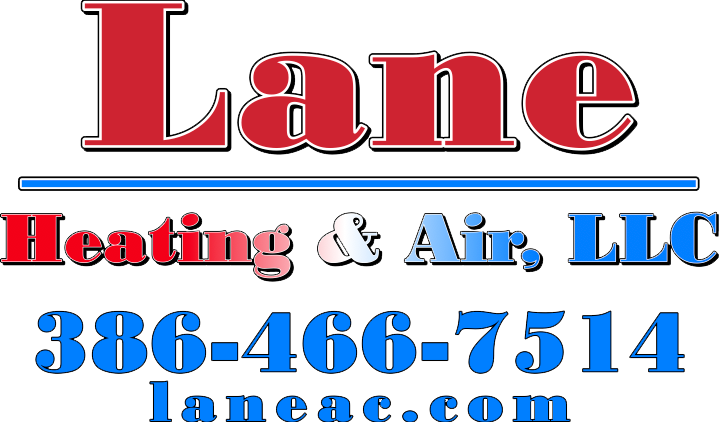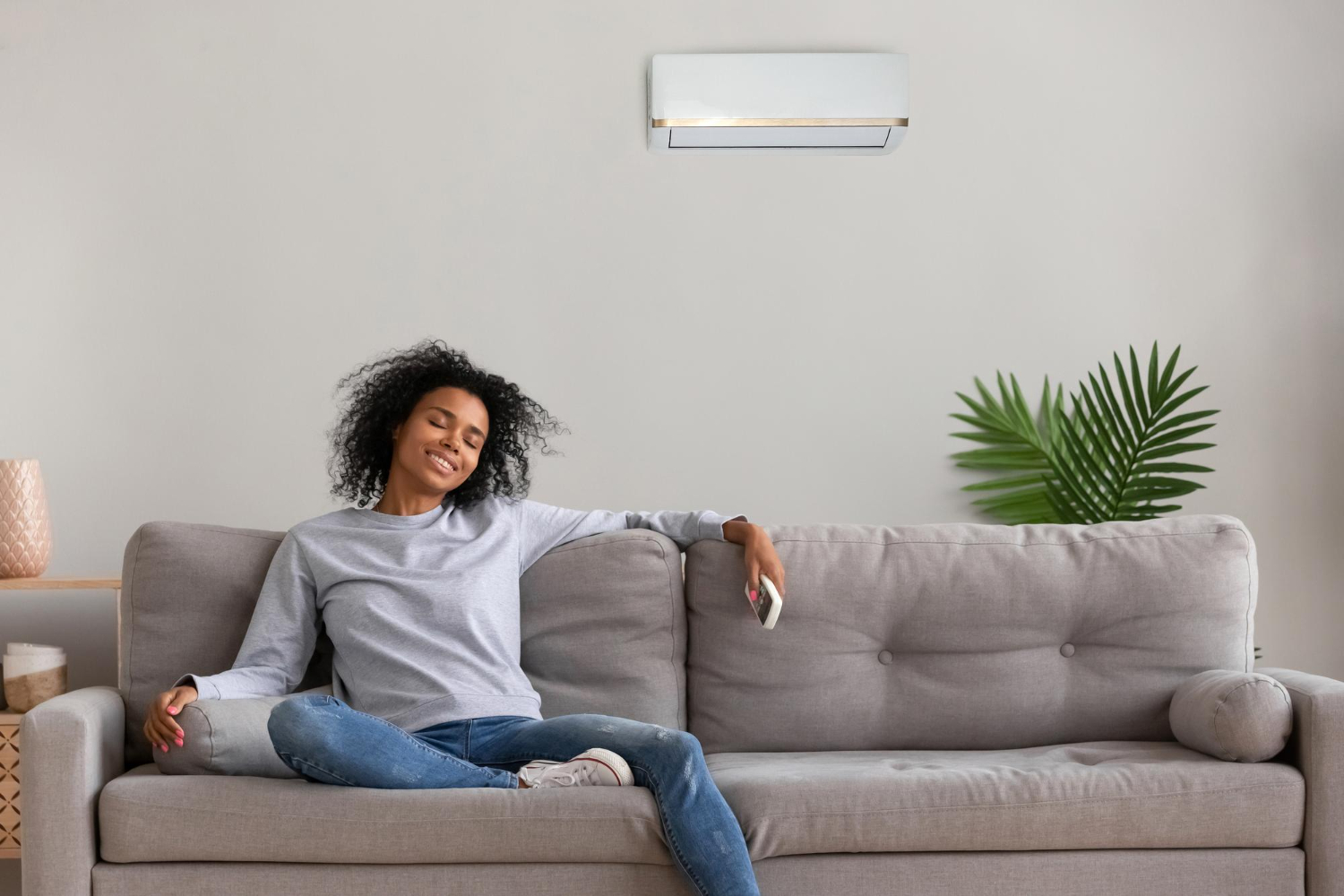If your home in Lake City feels unevenly cooled during summer, you’re not imagining it. Maybe one room feels like a freezer while another is hot and stuffy. Uneven AC cooling is a common issue that affects comfort and energy efficiency. It can make it tough to relax, sleep, or even go about daily tasks, especially when you’re paying for air conditioning that isn’t working the way it should.
This problem doesn’t always mean your system is broken, but it often means something’s not working right. Poor airflow, equipment issues, or layout problems inside the house can all play a part. Finding and fixing the root of the issue can make a big difference in how comfortable your home feels and how hard your AC needs to work.
Common Causes Of Uneven AC Cooling
There are a few reasons why your AC might not be cooling every part of your home evenly. These are often tied to airflow or equipment performance. If the cool air isn’t getting where it needs to go, or if the system can’t handle the space, some rooms will always feel warmer or cooler than others.
Here are some of the most common reasons for uneven cooling:
– Blocked or dirty air filters: When filters are clogged, they can choke the airflow. That means some parts of the house might not get enough cool air. It also causes the system to run longer and harder.
– Improperly sized AC units: If your system is too small for your home, it won’t be able to keep up. If it’s too big, it may shut off before all the rooms are cooled evenly. Incorrect sizing is a frequent problem, especially in homes that were remodeled or added onto after the AC was installed.
– Leaky or poorly insulated ducts: Cool air can escape through holes or gaps in ductwork. If some rooms are further away from the unit, they might not get enough cool air if the ducts leading to them are compromised.
– Closed or obstructed vents: Furniture, rugs, or closed doors might block vents in some rooms. That limits airflow and leaves areas feeling warmer than others.
Each of these issues can throw off the balance in your home’s temperature. An example would be a two-story home where the upstairs is always hot and the downstairs feels chilly. If air filters haven’t been replaced in a while or one of the return vents is blocked, that uneven cooling could be fixed with a few simple adjustments.
Simple Troubleshooting Steps To Try
It’s frustrating to deal with uneven cooling, but some problems are easy to check for and sometimes fix on your own. Start by walking through your home and seeing whether any airflow issues stick out.
Use this list to guide your troubleshooting:
1. Check your air filter. If it looks dusty or gray, it might be time to change it. A clean filter helps keep airflow normal and your home evenly cooled.
2. Look at each vent and register. Are they open? Is anything blocking them, like a sofa, bed, or curtain? Keep at least a few inches of open space around each vent to let the air circulate freely.
3. Walk through your home. Are all rooms’ doors open? Keep doors open for better airflow between rooms.
4. Feel the air pressure. If one room’s vent feels much weaker than the others, it may be a duct issue.
5. Visually inspect accessible portions of your ductwork. If you notice gaps or disconnected sections in your attic or basement, that’s a sign of leaking ducts.
These steps can help you spot a simple problem, but if the issue doesn’t go away or gets worse, it’s time for a more complete fix. Air conditioning repair in Lake City can help when troubleshooting doesn’t do enough. Sometimes the problem isn’t something visible or obvious, and a deeper inspection is needed to figure it out.
When To Call In Our Professionals
While some uneven cooling issues can be addressed with basic checks, others require advanced tools and experience. If you’ve walked through the quick fixes and there’s still a noticeable difference in your room temperatures, the problem might be more complex than it looks. Uneven cooling may be tied to hidden duct leaks, electrical components, outdated thermostats, or refrigerant problems, none of which are easy to diagnose without proper training.
Here are signs that it’s time to bring in our professionals:
– The same room stays hot even after filters are cleaned and vents are cleared
– Odd odors come from the vents during cooling cycles
– You hear hissing or banging sounds in the ductwork
– Your energy bills are climbing even though your usage hasn’t changed
– Your system turns off before the whole home cools down
Our technicians can run diagnostic tests to find and address problems that a quick visual check can’t uncover. They’ll look at your exact system size, the duct design, thermostat location, and more to find out what’s wrong. In some homes, rebalancing the air system or adjusting ducts can solve the problem. In others, upgrades or repairs may be needed to match your system to the cooling needs of your layout. Fixing uneven cooling isn’t always about buying a new unit. It’s often about making the current setup work the way it should.
Preventative Measures For Consistent Cooling
Taking routine steps to care for your cooling system can help you keep room temperatures consistent. While no AC system runs perfectly all the time, regular attention helps reduce the chances of imbalance showing up when you least expect it.
Use these practices to maintain smoother airflow and better performance:
– Replace air filters every 1 to 2 months, especially if you have pets or allergies
– Keep furniture, curtains, and large items cleared away from vents
– Schedule a full AC system inspection at least once a year
– Make sure attic insulation isn’t damaged or missing, which can affect heat flow
– Use a programmable thermostat to avoid sudden temperature swings in different rooms
These steps don’t just help with airflow. They support better long-term system efficiency too. During a maintenance visit, our technicians can spot early signs of duct leaks or worn-out parts before they turn into bigger issues. For homes in Lake City where hot summer air can put your AC under strain, staying ahead of problems can prevent inconvenient breakdowns and uneven temperatures during peak cooling weeks.
Getting Your AC System Back On Track
Uneven AC cooling feels frustrating, especially when simple fixes don’t lead to more comfortable rooms. If one area of your home feels off while others are fine, that’s a sign your system isn’t working evenly. Whether the problem is airflow restrictions, damaged ducts, or equipment mismatch, ignoring it can lead to more wear and possible system failure over time.
Getting a clear answer from trained eyes and tracking down the root cause is the best way to make your home feel balanced again. Every home layout is different. And while basic upkeep helps, some solutions require a hands-on inspection. When done right, even small changes can wipe out big temperature differences and help your AC system deliver consistent cooling day after day.
If uneven cooling is causing you headaches at home, Lane Heating And Air can help restore balance and comfort. Reliable air conditioning repair in Lake City can solve hidden issues before they turn into bigger problems, and our professionals work diligently to get your system back on track so every room feels consistent. For a quick estimate or to book a service visit, please contact us today.




